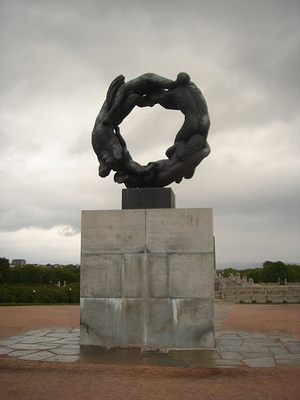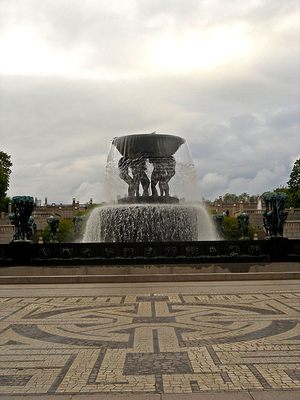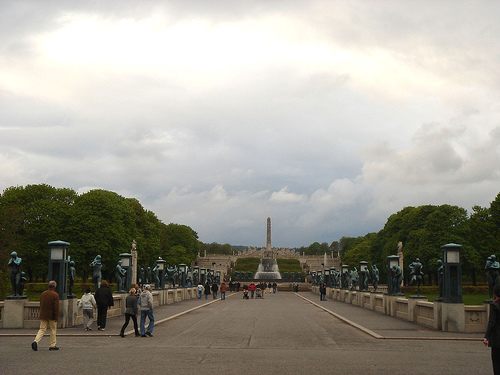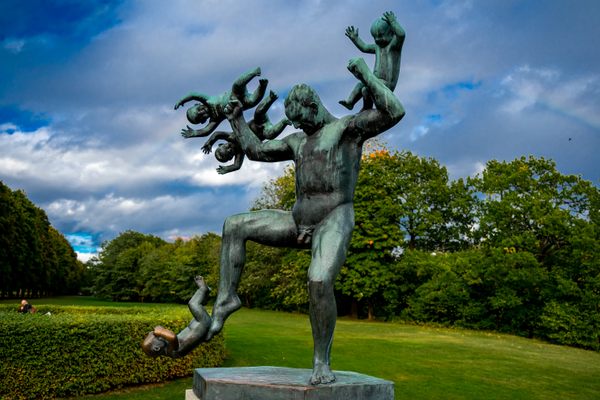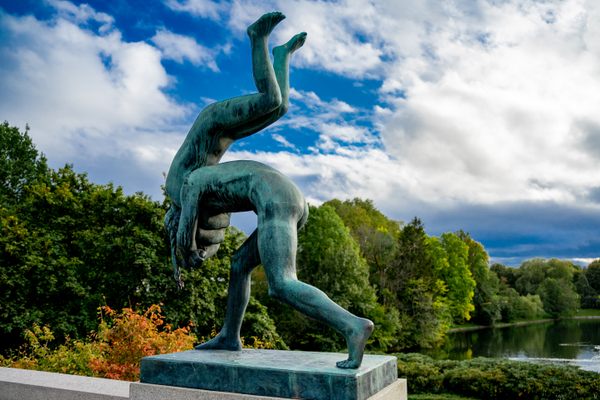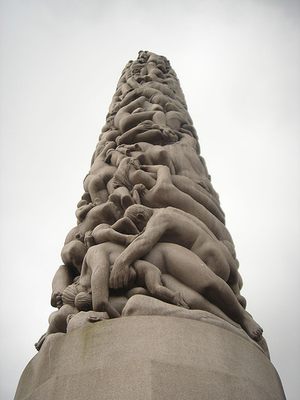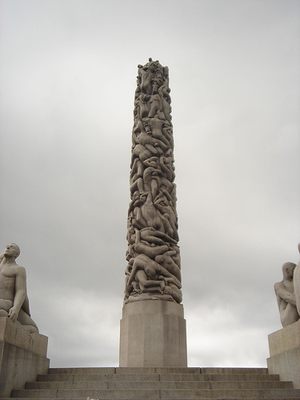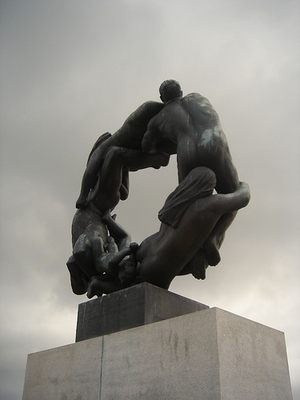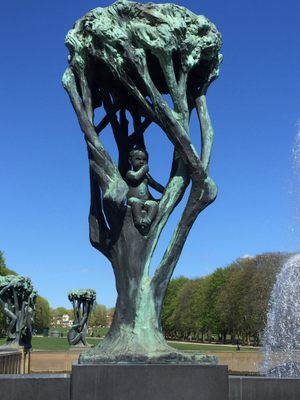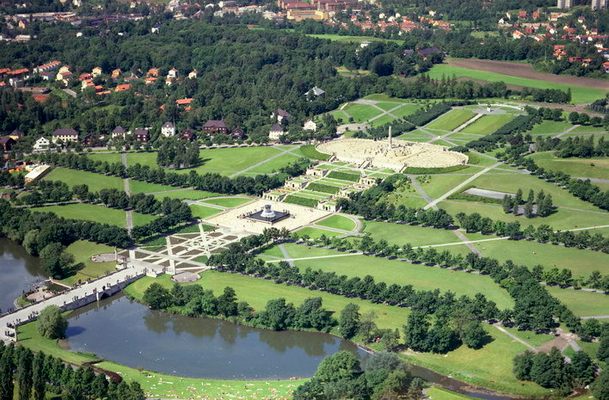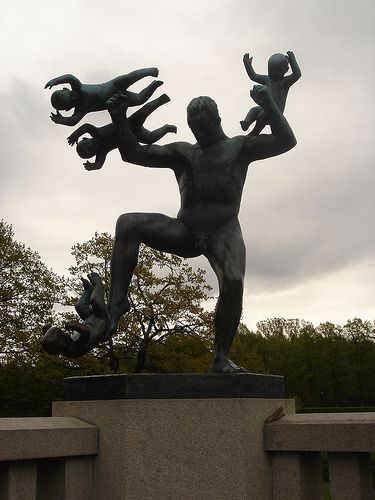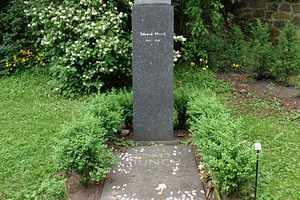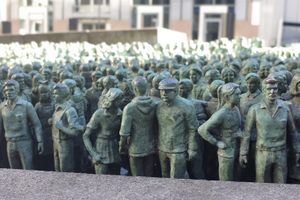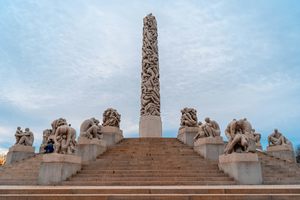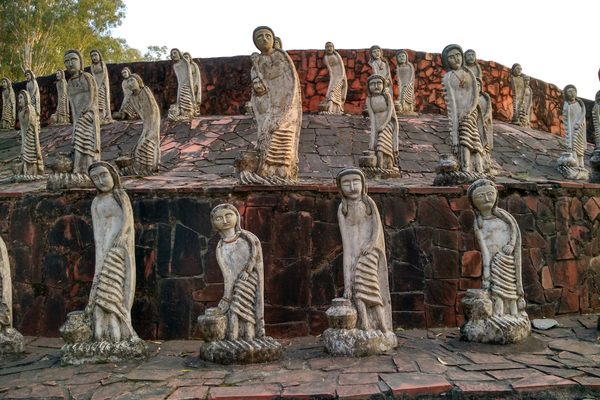About
The human form is deeply embedded into the natural pattern-recognition mechanism of our brains. We have an instinctual knowledge of body and face proportions and, as a consequence, human forms remain deeply ingrained in our art and sense of aesthetics.
Vigeland Sculpture Park is a result of one man's artistic obsession and a lifetime of work dedicated to exactly that: the human form. The park contains 212 bronze and granite sculptures created by Norwegian sculptor Gustav Vigeland. He worked over a period of almost 20 years, from 1924 to 1943, and donated his sculptures to the city of Oslo. The sculptures range in topic from representation of humans in everyday situations, such as walking, sitting, holding hands, to more symbolic subjects such as "Man Attacked by Babies," to highly abstract works, which represent the centerpiece of the complex.
Among the highlights of the park are "The Fountain," which was originally designed to stand in front of the Norwegian Parliament. This location, however, proved controversial. The sculpture consists of 60 individual bronze reliefs representing the circle of life, with sculptures of children, teenagers, old men, and skeletons.
"The Monolith" is the focal point of the park. It is a 14.12-meter high, highly symbolic sculpture consisting of 121 intertwined human figures, meant to represent the human desire to reach out to the divine. The carving of this monolith took over 14 years and involved work by the artist himself as well as 3 other stone carvers. In addition, 36 sculptural groups reside on the plateau around the monolith.
"The Wheel of Life" is a sundial positioned at the very end of an 850-meter axis. Thematically, it continues the journey-of-life motive prevalent in the rest of the park. It is represents eternity, with four human figures and a baby locked in a circle, floating in harmony.
Vigeland continued to work on the park until the end of his life. Since its opening to the public in 1940, the park has become a favorite picnic area for the citizens of Oslo.
Related Tags
Know Before You Go
Bus 20 and tram 12 to the Vigeland Park. All westbound lines (T-bane) to Majorstuen station. By car, follow Ring 2 to Majorstuen, Kirkeveien.
Community Contributors
Added By
Published
June 27, 2012












